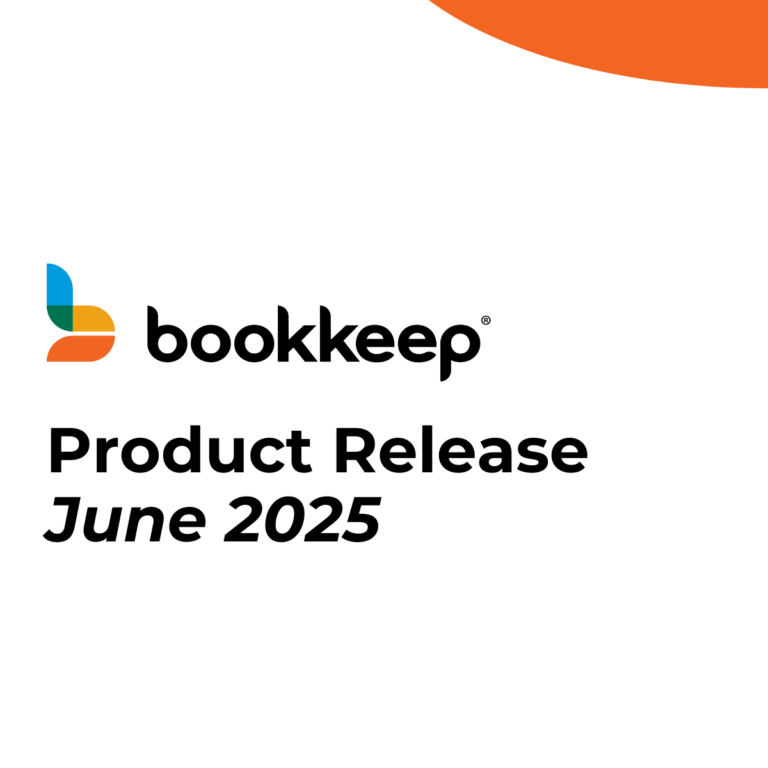In any business, the ability to generate a profit from the business is essential to being successful, whether it’s a neighborhood retail store, a cafe or an online ecommerce business.
Let’s examine the drivers of profitability.
For purposes of this article we will focus on ecommerce businesses, although many of the elements here also apply to retail stores. Let’s examine what the drivers of profitability are to help you understand the leverage points.
Basically, the profit formula goes like this:
- Revenues – Cost of Good Sold = Gross Margin
- Gross Margin – Shipping Expense – Operating Expenses = Profit
Revenues are the sales from your online store, less any discounts and refunds. When you run promotions or deals, make sure that you are not giving away too much and that you still have enough to cover the cost of the product or Cost of Good Sold (COGS).
COGS is what you pay for the products you are selling. These can be costs for you to manufacture the products yourself, cost to have the product manufactured by a third party or cost to buy it at wholesale prices.
Gross margin is what you make on the product after paying for COGS. This is the most important driver. The general guideline here is 50% for ecommerce businesses. If your gross margin is below 50%, you should find ways to either lower your COGS or increase the price. Many successful ones have this at around 25%.
The second key driver of profitability for an ecommerce business is shipping cost. In today’s environment, online shoppers are accustomed to free shipping which puts pressure on profitability. Shipping costs can be 10% or more of revenues depending on the product. Knowing this cost ratio is a must regardless of what platform you are selling on.
The third driver of profitability is operating expenses. This includes marketing and advertising, rent for your office or warehouse if you have one, payroll costs if you have employees, packaging supplies and materials and other business expenses. Examine each of these on your profit and loss statement on a monthly basis. Profit for the business is what you get after deducting all the operating expenses.
Up to date financial statements are absolutely essential for you to manage these drivers of profitability. There are several apps on the market that would help you keep the financials up to date by automating the accounting. Accounting automation apps include A2X, Webgility and bookkeep.com Daily Summary Apps among others. Each of these apps sync transactions from ecommerce platforms to accounting systems like QuickBooks and Xero. However, each one works differently. Webgility will sync every transaction, A2X syncs a summary of transactions based on payout and bookkeep.com Daily Summary posts a journal entry on a daily basis. Using accounting automation tools can save you a significant amount of time and keep your financials up to date.
Accounting automation tools can save you time and keep your financials up to date.
Up to date financial statements are absolutely essential for you to manage these drivers of profitability. There are several apps on the market that would help you keep the financials up to date by automating the accounting.
Accounting automation apps include A2X, Webgility and Bookkeep among others. Each of these apps sync transactions from ecommerce platforms to accounting systems like QuickBooks and Xero. However, each one works differently. Webgility will sync every transaction, A2X syncs a summary of transactions based on payout and Bookkeep posts a journal entry on a daily basis.




